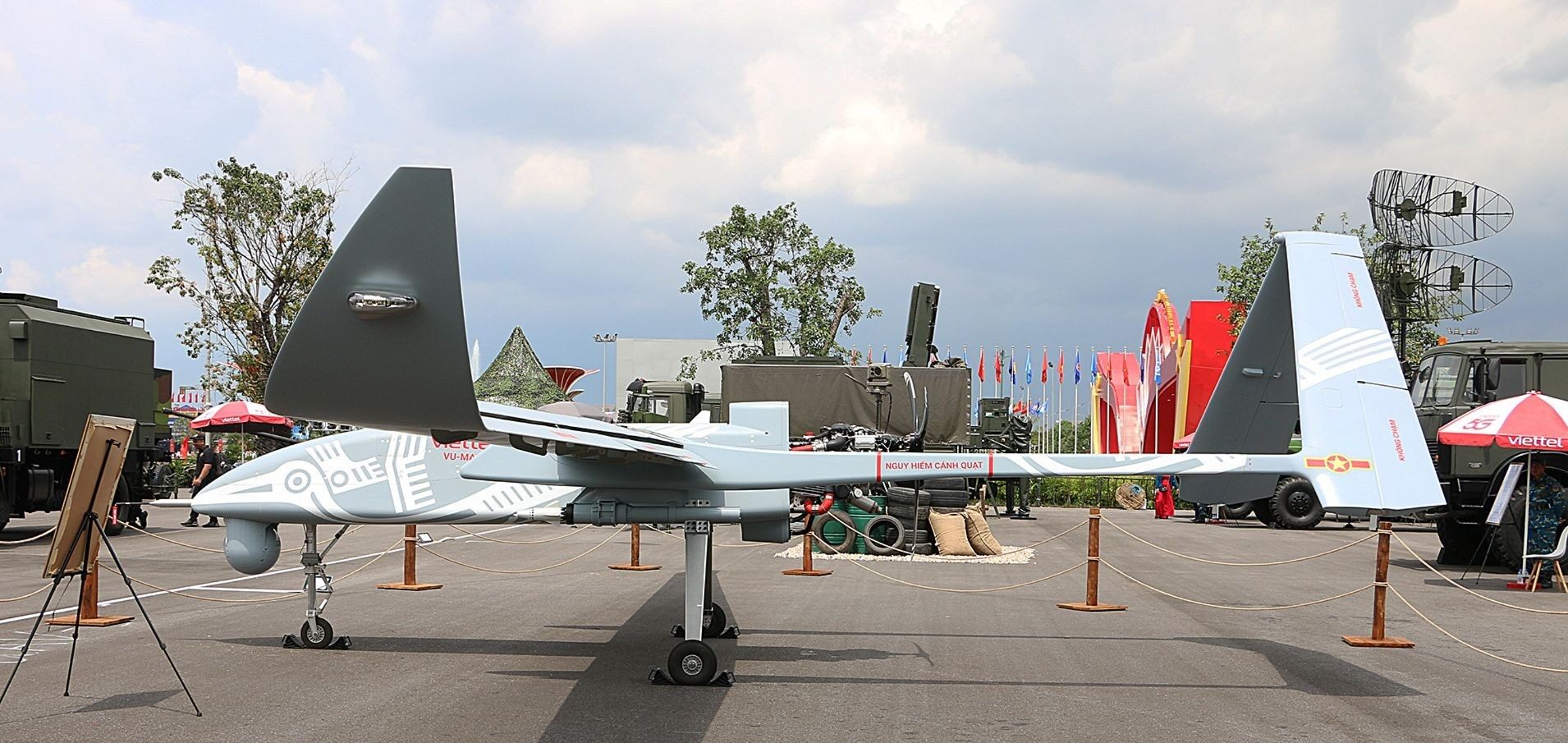
Vietnam UAVs – A Breakthrough for the Low Altitude Economy, Heading Toward a Bright Future
Discover the breakthrough potential of Vietnam’s Unmanned Aerial Vehicles in the low-altitude economy – a market worth hundreds of billions of USD, with opportunities, challenges, and strategic moves from domestic enterprises.
General Introduction
In recent years, the low-altitude economy (LAE) has become a rapidly growing global trend. This concept refers to economic activities based on the exploitation of low-altitude airspace (below 1,000 m), closely linked to the development of Unmanned Aerial Vehicles.
Vietnam, with its geographical advantages, market demand, and innovation-friendly policies, is standing at a golden opportunity to develop Unmanned Aerial Vehicles and position itself as one of the key centers of the low-altitude economy in Southeast Asia.
According to forecasts, the global UAV market, valued at USD 45 billion today, will reach USD 128 billion by 2030 and could expand to USD 700 billion by 2035. This is the opportunities for Vietnam.

Low-Altitude Economy – A Global Trend
- Fast growth: Low-altitude airspace is becoming a “new land” for logistics, transportation, surveillance, tourism, and smart agriculture.
- Wide applications: UAVs and other low-altitude vehicles are being deployed in precision agriculture, forestry, firefighting, urban infrastructure management, emergency healthcare, and e-commerce.
- Market gap: China currently holds 70% of the global UAV market. However, restrictions on Chinese UAV exports are creating opportunities for new players to join the supply chain, including Vietnam.
Opportunities for Vietnam’s UAVs
Vast market potential
Vietnamese Unmanned Aerial Vehicles can expand applications in:
- High-tech agriculture: spraying, seeding, crop monitoring.
- Logistics & transportation: fast delivery, short-haul transport, supporting sea and island logistics.
- Rescue & security: disaster monitoring, maritime rescue, forest firefighting.
- Healthcare & tourism: emergency medicine transport, tech-driven tourism experiences.
Geographical and domestic demand advantages
- Vietnam has a coastline of over 3,200 km, dense river systems, mountainous and island regions – all requiring UAVs for transport and monitoring.
- Agriculture still accounts for a large share of the economy, generating huge demand for agricultural Unmanned Aerial Vehicles.
Policy support and investment capital
- The government has announced a VND 500,000 billion credit program for science, technology, innovation, digital transformation, and strategic infrastructure.
- Provinces such as Thai Nguyen and Binh Dinh have started to call for investment in UAV factories and low-altitude technology research centers.
Vietnam’s UAV Milestones
CT Group – The Pioneer
CT Group is seen as one of Vietnam’s pioneers in Unmanned Aerial Vehicles development. The group has researched and developed 16 UAV product lines, with localization reaching 85% – an impressive figure compared to the regional average. Going beyond the domestic market, CT Group signed an export contract for 5,000 cargo UAVs (payload capacity 60–300 kg) with South Korea. This is a major leap, proving Vietnam’s Unmanned Aerial Vehicles manufacturing capacity can meet strict international requirements. The group also receives strong government support in high-tech projects, paving the way for future expansion and innovation.

Viettel & Military UAVs
In addition to civilian UAVs, the military Unmanned Aerial Vehicles sector in Vietnam has also advanced significantly with the participation of Viettel. The group has developed UAVs integrated with artificial intelligence (AI) and equipped with kamikaze cameras for special defense missions. These UAVs are considered strategically significant, not only strengthening national defense but also elevating Vietnam’s position in modern defense technology (CafeF).

Startup MiSmart
While large corporations focus on transport and military Unmanned Aerial Vehicles, MiSmart, a young tech startup, has chosen another direction: UAVs for agriculture, logistics, and smart cities. MiSmart’s Unmanned Aerial Vehicles are applied in spraying, crop monitoring, spatial data collection, and urban management. With the philosophy of “flying low but thinking high”, MiSmart aims to contribute to the low-altitude economy in a smart, green, and sustainable way. This reflects the creativity and strong tech entrepreneurship spirit of Vietnam’s younger generation.

Challenges Facing Vietnam’s UAV Industry
- Limited core technology: Vietnam still depends heavily on imported components such as engines, batteries, sensors, and AI chips.
- Weak testing infrastructure: lack of dedicated test-flight zones, standard labs, and national Unmanned Aerial Vehicles regulations.
- Import-reliant market: most domestic demand in agriculture, industry, and security is still met by foreign products.
- Talent shortage: insufficient high-quality engineers in aerodynamics, AI, and aerospace.
- Limited capital: Unmanned Aerial Vehicles development requires long-term investment, while Vietnam’s high-tech R&D funding remains fragmented.
Strategic Directions for Vietnam’s UAVs
- Invest in R&D: focus on high-capacity batteries, lightweight engines, Unmanned Aerial Vehicles control chips.
- International collaboration: partner with tech giants from the US, Europe, Japan.
- Domestic market development: expand Unmanned Aerial Vehicles applications in agriculture, urban management, and maritime logistics.
- Build UAV ecosystem: model of “Research – Production – Application – Market.”
- Human resource training: create UAV majors at universities, train Unmanned Aerial Vehicles pilots, and organize DroneSoccer competitions to foster innovation.
Conclusion
Unmanned Aerial Vehicles are not just high-tech products but also the key for Vietnam to enter the low-altitude economy, where the global market could reach USD 700 billion in the next decade. With the strong participation of enterprises like CT Group, Viettel, MiSmart, and many startups, Vietnam has the opportunity to become a leading Unmanned Aerial Vehicles hub in ASEAN – provided it can seize opportunities, overcome challenges, and build a long-term development strate




Leave a Reply